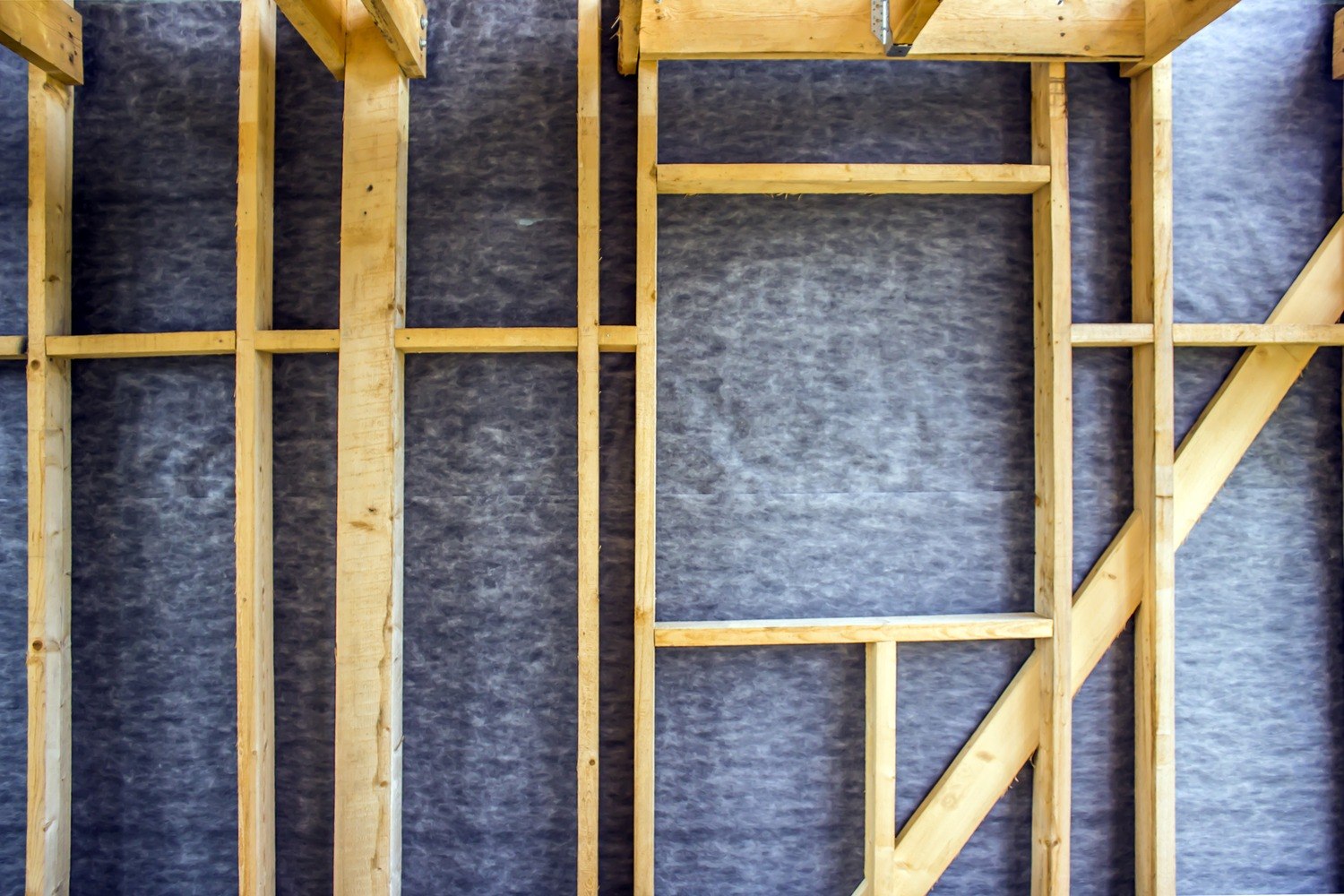Tightness is key to sound insulation
When it comes to sound insulation, tightness is a crucial factor. Even the most advanced sound insulation materials can lose their effectiveness if there are small gaps or areas that are not completely sealed. This is where sealing strips play a key role. By sealing doors, windows, and other openings, a sealing strip can eliminate the paths that sound would otherwise travel through, resulting in a significantly quieter and more harmonious environment.
Why is tightness important for sound insulation?
Sound travels through the air and can easily find its way through small gaps and leaks. Even if your walls or doors are equipped with soundproofing materials, sound can still penetrate in or out if the seal is not optimal. Sealing strips act as a barrier that stops the movement of sound and ensures that the soundproofing properties of the rest of the room are fully effective. The sealing strip prevents sound leakage through small gaps, improves indoor comfort by keeping out drafts, and also increases thermal insulation, making it a cost-effective solution for both sound and energy problems.
Areas of application for sealing strips
Sealing strips can be used in many different environments where sound insulation is important. In homes, you can seal windows and doors to keep out noise from traffic and neighbors. In offices, sealing strips create quiet working environments by sealing meeting rooms or office doors. In public spaces, such as hotels, schools, or libraries, they help reduce noise disturbances and improve sound quality. In music studios, sealing strips are a simple but effective way to improve sound insulation in rooms that require exceptionally low sound leakage.
How to choose the right sealing strip
Choosing the right type of sealing strip is crucial to achieving the best results. The material is an important factor to consider; sealing strips can be made of rubber, foam, or silicone depending on your needs and environment. The thickness of the sealing strip should match the size of the opening to ensure optimal sealing. Many sealing strips are also self-adhesive and easy to install, making it possible to quickly improve sound insulation without much effort.
Create a quieter environment with sealing strips
By optimizing the seal with the right sealing strip, you can not only improve sound insulation but also create a more comfortable and pleasant environment. Our sealing strips are designed to offer high performance, long durability, and easy installation. Explore our range and discover how easy it is to make your home or workplace both quieter and more energy efficient.








